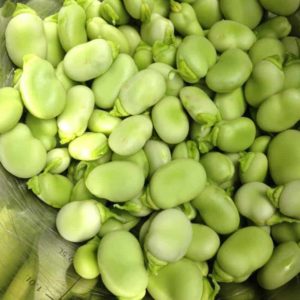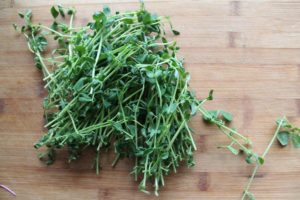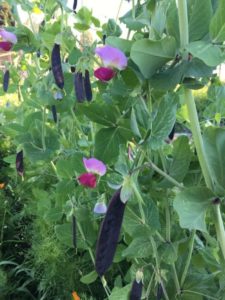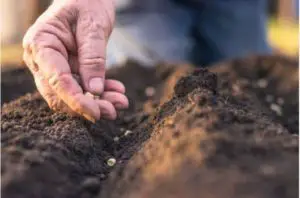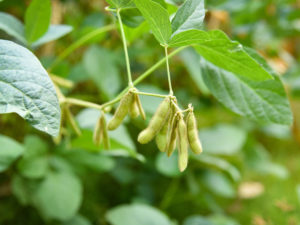Winter peas are beautiful annual legumes. They are light green colored plants that can improve the soil by adding nitrogen and suppress weeds once cropped.
These hardy plants can tolerate heavy frost but won’t survive in temperatures below -23C (0-10F). They don’t like hot weather, so they will thrive only in regions with cool summers.
Winter peas, also known as rough peas or Austrian winter peas, have a scientific name as Lathyrus hirsutus and belong to the peas and bean family.
They are commonly used as a cover crop field when planted with a mixture of seeds such as radishes, cereals, and clover.
Your kitchen garden can benefit from the sowing of winter peas to enjoy an edible garden all year round.
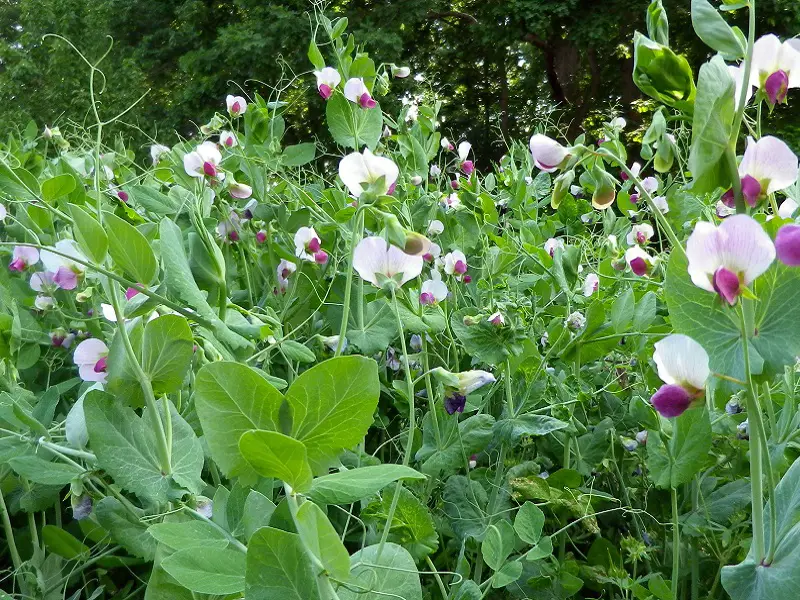
| Scientific Name | Lathyrus hirsutus |
| Common Names | Austrian winter pea, aley pea, English Pea, singletary pea, black pea, field pea, green pea, rough pea, hairy vetchling. |
| Hardiness | Remarkable winter hardiness. |
| Indoor or Outdoor Plant? | Indoor by windowsills or Outdoor. |
| Sun Exposure | Full sun. |
| Water | 1 cup of water every 10 days when planted indoors and if the plant doesn’t get direct sunlight. If planted outdoors, water when they start to flower and two weeks after, adding a thick layer of mulch around the base of the plants to help prevent the soil from drying out. Always check the soil moisture at root level and water when necessary. |
| Size | Reaches a full length of 2 to 4 feet (up to 1m) |
| Soil Type | well-drained soil |
| Soil pH | Neutral pH. The ideal soil pH should be from 6 to 7 |
| Flower | Pink, purple, white, or bicolored blooms in Spring |
| Growing Difficulty Level | Fairly easy |
Appearance and Characteristics
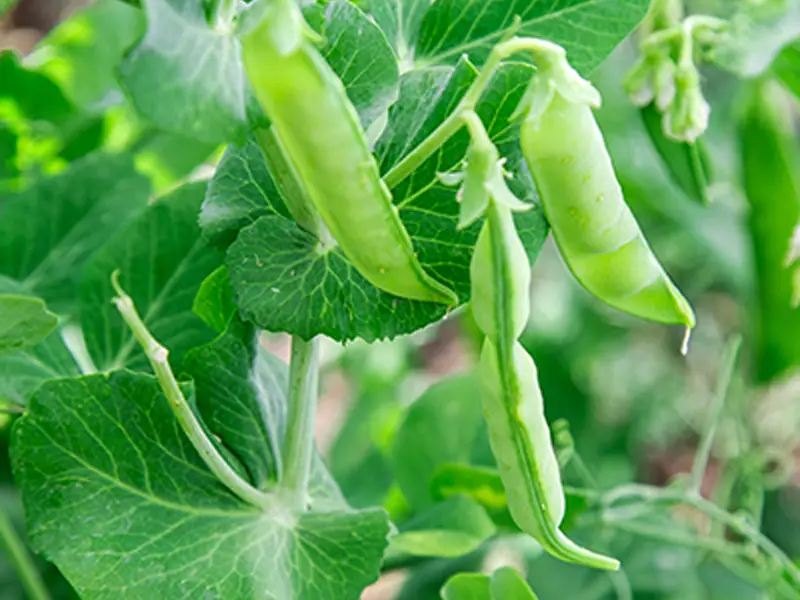
Winter peas have been known around the world for centuries as agricultural soil improvement solutions and as a way to attract wildlife to farms.
It has been adapted to today’s planting system, home gardeners, and backyards livestock.
Winter peas have filled ornamental purposes and have been part of creative recipes on kitchen tables!
Winter pea is a low-growing vine plant that can reach heights of between 2 to 4 feet tall.
They produce beautiful flowers in spring, and their roots are shallow. Winter peas can grow literally in any kind of well-drained soil.
The winter peas seeds are round and about 7 mm wide, yellowish in color, and come from inside the pod. They can be store for up to two years in a cool, dry, dark place.
Winter peas are not as tasty as sugar peas, but they are great for soups like split pea soup.
The young foliage is the best of the plant (as the old ones can have a kind of fibrous taste) and can be included in salad recipes.
Home gardeners include this plant as a solution to hide eyesores in their gardens. They are dense, climbing plants that can make sculptural features.
Winter Pea Growing Guide
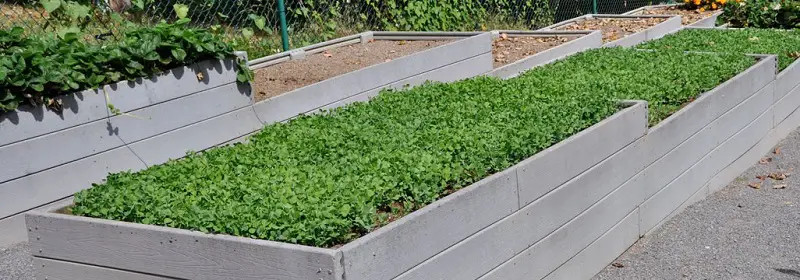
You can experience an extended edible landscape to the usual spinach-cilantro combo winter garden by growing winter peas, so you’ll just need to concentrate on selecting your favorite split recipe!
Growing winter peas is such an easy affair that most beginner gardeners manage to do so without throwing a battle.
The seeds are widely available in nurseries, garden centers, online shops, and even supermarkets. However, you should consider a few simple steps to succeed:
Soak the seeds a couple of hours before sowing; this helps to accelerate the germination of the seeds once planted.
Covering the seeds with inoculant (keeps active the Rhizobium bacteria that produces the nitrogen for the crop) is a good help for the seeds’ germination.
You should sow in the fall or early spring and prepare the soil with manure to obtain the best harvest.
In the same way as other legumes, the winter peas roots fix the nitrogen in the soil, making it available for other plants.
The seeds must be sown between 4 to 6 weeks before the last frost in spring.
Dig small holes in your seedbed and sow seeds 3 to 5 cm (1 to 2inc) deep, every 10cm between holes and 20cm between rows.
The winter peas don’t need extra fertilizers, but they are happy to receive phosphorus and potassium if you feel like adding something to the soil.
The winter peas should be ready for harvest three months after sowing when showing signs of formations inside the pods or when the pods look swollen.
Pick the lower pods of the plant first, as these are the ripest.
Use both hands, one holding the vine and pulling the pod to avoid damaging the plant. It should be easy just snapping the pod from the vine with your index and thumb fingers.
Water
Winter peas excel in nearly any type of well-drained soil. The plants need regular moisture, so it’s important to avoid letting them dry out.
You mustn’t leave the plant flooding in the water.
It causes root disease as Sclerotinia (white mold), which is intensified under cool and wet conditions, nor under snow, freezing subzero conditions (-23C), resulting in killing the plant.
Light
The winter peas love full sunlight, but they don’t like it too hot! They can still manage to grow in partial shade at the expense of succulent pods.
Soil
Although winter peas adapt to a variety of soils, keeping the pH levels neutral from 6 to 7 is ideal for growing them.
It’s a good practice to test the soil in spring before planting and especially in the fall and arrange for neutralizers if necessary to keep the soil well balanced and guaranteed the absorption of nutrients.
Don’t let the plant sit in wet or poorly drained soil.
Temperature and Humidity
Winter pea plants thrive best in cool areas where spring is warm (20 degrees C) and summer is not too hot.
High temperatures can dry out the plants, stop them from growing, and compromise pods’ production, whereas too cold temperatures (-23 degrees C) can winterkill the plant.
Propagating and Pruning
Propagating winter pea plant is simple. All you need is good quality seeds, good humidity conditions, and a good pH level in the soil, as explained previously.
Once harvested, winter peas can be controlled with herbicides, mowing, or crimping (when plants are at least 14inc in height).
Pruning the plants when they are a minimum of 15cm tall will stimulate the production of more peas!
Advantages of Growing Winter Peas
The winter peas are an excellent solution to winterizing your garden because of their great adaptability to cold temperatures and their nitrogen-fixing capabilities, making them a much better alternative to chemical fertilizers while saving you some money.
These vine annual legumes are hollow in appearance and are low-growing.
They are non-invasive plants that produce pods with 3 to 5 round dark seeds inside each pod.
The seeds are often blotched with purple or brown spots.
These seeds can also be used for farming or as green manure. Simply sow the seeds from September to October or as early as possible in the spring.
This will become the nectar station for honeybees!
Winter Pea Pests, Diseases, and Problems
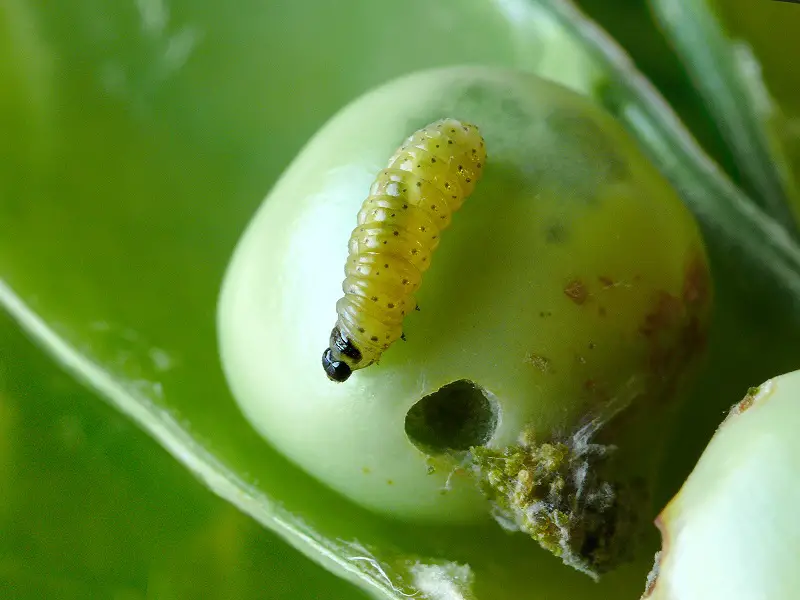
Make a routine to check for pests, spray away small pests with a blast of soapy water solution, handpick larger pests and destroy large, infested plants.
This routine should work together, checking for weather conditions too warm or too cold and moistened soil. Some of the most common problems are listed below:
Pea moths
The winter peas can be prone to moths’ infestation, which attacks the plant inside the pods. This can be greatly reduced if planted in early spring.
Slugs and snails
If the slugs and snails are an issue, try putting some copper ring around it, sand barriers, or some eco-friendly slugs and snails’ repellent.
Sclerotinia and Fusarium
This appears as crown rot, root rot, seed rot, and blights of the stem, leaves, or pods.
To avoid the risk of losing the winter peas cover crop, mix it with another cover crop such as cereals.
Powdery mildew
If your plant is suffering from powdery mildew, it will have white blotches, powdery looking created by an excess of water or humidity on the leaves.
Treat with soapy water solution or fungicides.
Aphids
Aphids are small invasive insects. You can treat them easily with fungicides.
Mice
They can be the cause of a lost harvest if not treated in time as they love eating younger plants.
Winter Pea Seeds
Get your quality seeds from your trusted supplier, plant the seeds you didn’t use the previous year, or check these useful links:
http://www.seedland.com
https://frigidforage.com/individual-seeds
https://www.seedworldusa.com/products/austrian-winter-peas-seed
FAQs
Are winter peas edible?
Yes! The winter peas pods are edible, and they are delicious indeed too.
You can use them in stir fry and salads.
They can be boiled or steamed, or they can be eaten raw. They are not as tasty as sweet peas, but they are very versatile with a high content of protein.
Does the color of the blooms affect the taste of winter pea plants?
Yes, the white blooms are sweeter than the other flower colors due to the lack of tannin. This compound gives a bitter taste to plants.
What happened to my winter pea plant that has produced pods but not peas in it?
The plant has been affected by excessive heat compromising the production of actual peas.


